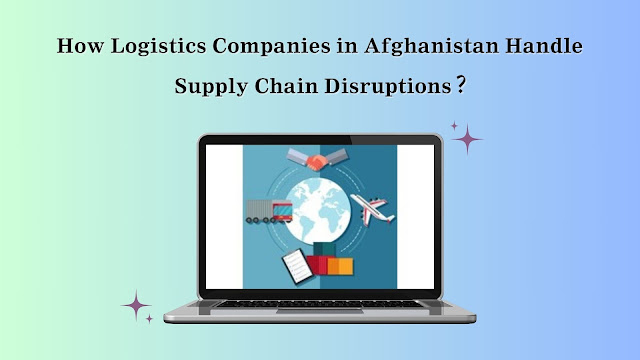Navigating the Future: The Dynamics of the Transport & Logistics Industry
In the intricate web of global commerce, the transport and logistics industry stands as a linchpin, facilitating the movement of goods and connecting businesses to markets worldwide. From the bustling ports of major cities to the highways traversing continents, this industry orchestrates the seamless flow of goods, shaping economies and livelihoods in the process. In this blog post, we delve into the multifaceted landscape of the transport and logistics sector, exploring its evolution, current trends, and future prospects.
Evolution of the Industry:
The transport and logistics industry has undergone a remarkable transformation over the years, driven by technological advancements, globalization, and changing consumer expectations. From the early days of horse-drawn carriages to the advent of containerization and digitalization, innovation has been the driving force behind the industry's growth. Today, the industry encompasses a diverse range of modes of transportation, including road, rail, air, and sea, each playing a crucial role in the global supply chain.
Current Trends and Challenges:
In the digital age, the transport and logistics industry is experiencing a wave of technological disruption, revolutionizing traditional practices and unlocking new possibilities. Automation, data analytics, artificial intelligence, and blockchain are reshaping operations, enhancing efficiency, transparency, and customer experiences. Moreover, sustainability has emerged as a pressing concern, prompting industry players to adopt eco-friendly practices and reduce their carbon footprint.
However, alongside these opportunities come challenges. The industry grapples with congestion, infrastructure bottlenecks, regulatory complexities, and geopolitical uncertainties, which pose significant hurdles to seamless operations. Moreover, the COVID-19 pandemic has exposed vulnerabilities in global supply chains, highlighting the need for resilience and agility in the face of unforeseen disruptions.
Future Outlook:
Despite these challenges, the future of the transport and logistics industry looks promising, driven by innovation, collaboration, and adaptability. Emerging technologies such as autonomous vehicles, drones, and predictive analytics promise to revolutionize last-mile delivery and warehousing operations, enhancing speed, accuracy, and cost-efficiency.
Furthermore, the industry is witnessing a shift towards greener and more sustainable practices, with companies investing in alternative fuels, electric vehicles, and renewable energy sources. This emphasis on sustainability not only aligns with environmental goals but also enhances brand reputation and meets consumer demand for eco-conscious products and services.
Collaboration and partnership will be key drivers of success in the future of transport and logistics. As supply chains become increasingly interconnected and complex, collaboration across stakeholders—from manufacturers and shippers to carriers and technology providers—will be essential to driving innovation, optimizing operations, and delivering value to customers.
In conclusion, the transport and logistics industry is at a pivotal juncture, poised for transformation and growth. By embracing innovation, sustainability, and collaboration, industry players can navigate the challenges of today and seize the opportunities of tomorrow, shaping a more efficient, resilient, and interconnected global supply chain. As the world continues to evolve, the transport and logistics industry will remain indispensable, driving economic growth, fostering trade, and connecting communities across borders.



Comments
Post a Comment